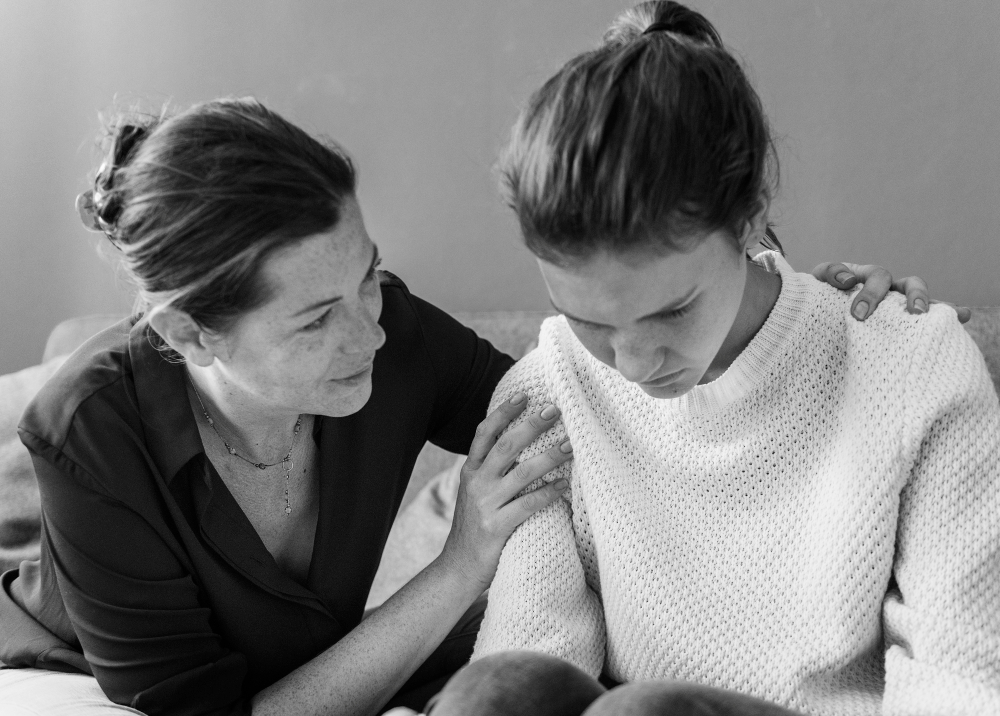Introduction
Discover the most recent suicide statistics sourced from the Centers for Disease Control and Prevention (CDC) Data & Statistics Fatal Injury Report for 2018, accurate as of March 1, 2020. The suicide rates provided are Age-Adjusted Rates.
- Suicide is the 10th leading cause of death in the US.
- In 2018, 48,344 Americans died by suicide.
- In 2018, there were an estimated 1.4M suicide attempts.
Additional facts about suicide in the US
- The age-adjusted suicide rate in 2018 was 14.2 per 100,000 individuals.
- The rate of suicide is highest in middle-aged white men.
- In 2018, men died by suicide 3.56x more often than women.
- On average, there are 132 suicides per day.
- White males accounted for 69.67% of suicide deaths in 2018.
- In 2018, firearms accounted for 50.57% of all suicide deaths.
Suicide attempts
Suicide and suicide attempts vary in rates based on demographic characteristics such as age, gender, ethnicity, and race. However, suicide can occur in all groups. In the United States, there is no complete count of suicide at
tempt data available. The CDC collects information from hospitals on non-fatal self-harm injuries as well as survey data. As of 2015, around 575,000 individuals visited hospitals due to self-harm injuries.
According to the 2018 National Survey of Drug Use and Mental Health, approximately 0.5 percent of adults aged 18 or older attempted suicide, which equates to about 1.4 million adults. Women reported attempting suicide 1.5 times more often than men. Unfortunately, there is no further data on the breakdown by gender and race.
Regarding the most recent Youth Risk Behaviours Survey from 2017, approximately 7.4 percent of students in grades 9-12 reported attempting suicide in the past year. Female students attempted suicide nearly twice as much as male students, at 9.3 percent versus 5.1 percent, respectively. Black students reported the highest rate of attempt at 9.8 percent, while white students reported 6.1 percent. Among all students, 2.4 percent reported attempting suicide, which required treatment by a doctor or nurse. The rates for those requiring treatment were the highest among Black students, at 3.4 percent.
Getting Help
If you or someone you know is struggling with thoughts of suicide or has attempted suicide, it’s important to seek professional help. Therapy is a crucial resource for individuals experiencing mental health difficulties, including suicidal ideation. Nowadays, with the rise of telehealth, therapy is more accessible than ever before. Online counselling offers therapy sessions with licensed professionals that can be conducted from the comfort and privacy of your own home. Telehealth can be a great option for individuals who are unable to attend in-person sessions or who feel more comfortable speaking with a therapist remotely. Seeking therapy through telehealth or in-person can help individuals experiencing suicidal ideation work through their feelings and develop healthy coping mechanisms. If you or someone you know is experiencing suicidal thoughts or ideation, consider reaching out for help through telehealth or in-person therapy.
Conclusion
In conclusion, suicide statistics can be alarming and serve as a reminder of the importance of taking care of our mental health and seeking professional help when necessary. Suicide can affect anyone, regardless of age, gender, ethnicity, or race. The data available from the CDC highlights the need for continued efforts to address and prevent suicide. Seeking therapy through in-person sessions or telehealth can be an effective way to work through suicidal ideation and develop healthy coping mechanisms. Remember, it’s okay to not be okay, and reaching out for help is a sign of strength. Let’s work together to raise awareness about suicide prevention and ensure that those in need receive the help and support they deserve.
